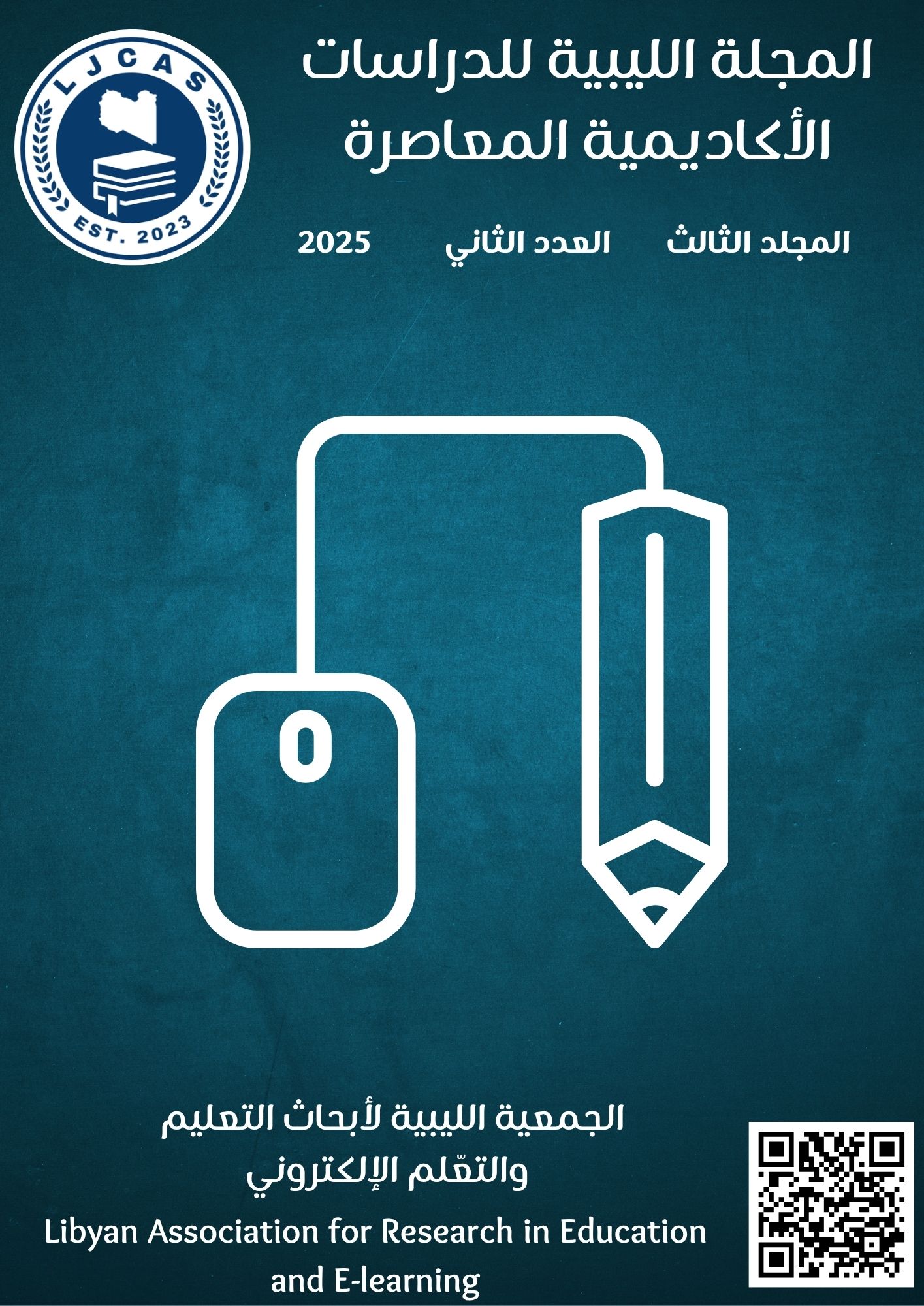Articaine Buccal Infiltration in Mandibular Molars Extraction
Keywords:
articaine, mandible, anesthesiaAbstract
Background: The most popular technique for successfully anesthetizing maxillary teeth is infiltration anesthesia. However, mandibular molar anesthesia has only recently been accomplished with encouraging outcomes using infusion with an articaine formulation.
Purpose: Evaluation the efficacy of buccal infiltration of articaine in extraction of mandibular molars.
Materials & Methods: This clinical study was conducted on 52 seeking dental extraction, all patients received two cartridges of anesthesia (articaine hydrochloride 4% with 1:200.000 epinephrine) the anesthesia was injected as buccal infiltration to all the patients in the bucco-vestibular region, testing anesthesia after 10 minutes by dental probe to include the patient then The treatment was terminated and the anesthetic was deemed unsuccessful if the patient experienced any pain or discomfort at any point throughout the extraction.
Results: 38 patients had pain that necessitated an inferior alveolar nerve block to proceed with the operation, which had a success rate of 26.7% when articaine hydrochloride 4% with 1:200,000 adrenaline was administered as a buccal infiltration. Fourteen patients did not report any pain.
Conclusion: Infiltration anaesthesia with of articaine cannot be recommended as an alternative to an inferior alveolar nerve block for extraction of mandibular molars.







